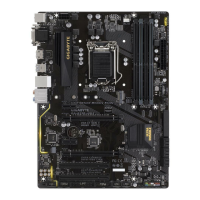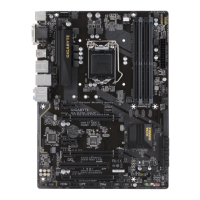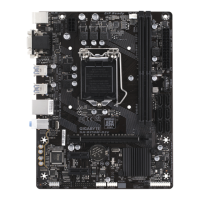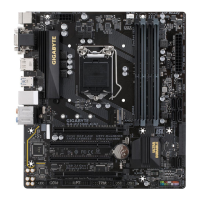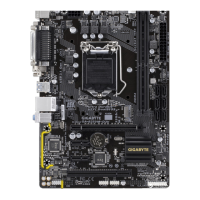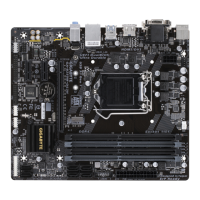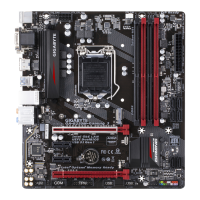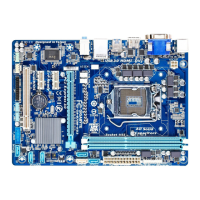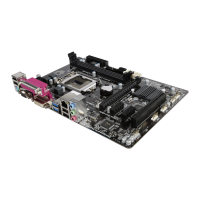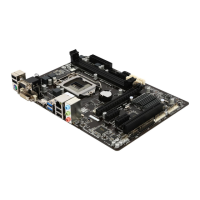Do you have a question about the Gigabyte GA-B250-FinTech and is the answer not in the manual?
Safety guidelines and precautions before installing hardware components.
Detailed specifications of the motherboard's hardware components.
Step-by-step instructions for installing the CPU onto the motherboard.
Guide for installing memory modules, including dual-channel configuration.
Precautions and steps for installing expansion cards.
Description of ports and connectors located on the motherboard's back panel.
Identification and description of internal connectors on the motherboard.
Overview of the initial BIOS startup screen and function keys.
Explanation of the BIOS main menu interface and navigation keys.
Details on the Motherboard Intelligent Tweaker (M.I.T.) section for system tuning.
Information on motherboard model, BIOS version, and system settings.
Configuration options related to boot settings and system startup.
Settings for onboard devices like LAN, audio, and USB controllers.
Configuration options for the motherboard's chipset features.
Settings for managing system power states and power-on options.
Options for saving BIOS settings, loading defaults, and exiting the setup utility.
Instructions for installing motherboard drivers and software.
Legal notices, environmental compliance, and safety regulations.
Information on how to contact GIGABYTE support and resources.
| Processor socket | LGA 1151 (Socket H4) |
|---|---|
| Processor manufacturer | Intel |
| Compatible processor series | Intel® Celeron® |
| Maximum number of SMP processors | 1 |
| Audio chip | Realtek ALC887 |
| Component for | PC |
| Motherboard chipset | Intel® B250 |
| PC health monitoring | FAN, Temperature, Voltage |
| Audio output channels | 7.1 channels |
| Motherboard form factor | ATX |
| Windows operating systems supported | Windows 10 Education x64, Windows 10 Enterprise x64, Windows 10 Home x64, Windows 10 Pro x64, Windows 7, Windows 8.1 Enterprise x64, Windows 8.1 Pro x64, Windows 8.1 x64 |
| ECC | Yes |
| Memory channels | Dual-channel |
| Memory slots type | DIMM |
| Number of memory slots | 4 |
| Supported memory types | DDR4-SDRAM |
| Maximum internal memory | 64 GB |
| Supported memory clock speeds | 2133, 2400 MHz |
| Graphics card | HD Graphics |
| Maximum resolution | 1920 x 1200 pixels |
| HDMI ports quantity | 0 |
| USB 2.0 ports quantity | 2 |
| Ethernet interface type | Gigabit Ethernet |
| PCI Express x1 slots | 11 |
| Number of SATA III connectors | 6 |
| BIOS type | UEFI AMI |
| ACPI version | 5.0 |
| BIOS memory size | 64 Mbit |
| Manual | No |
| Cables included | SATA |
| Bundled software | Norton Internet Security, cFosSpeed |
| Depth | 200 mm |
|---|---|
| Width | 305 mm |
